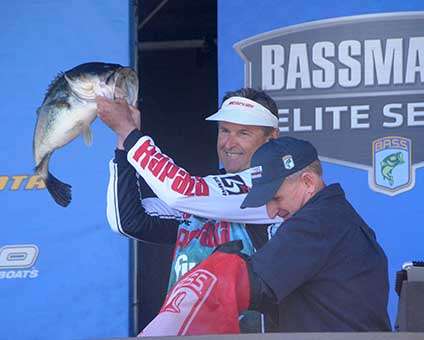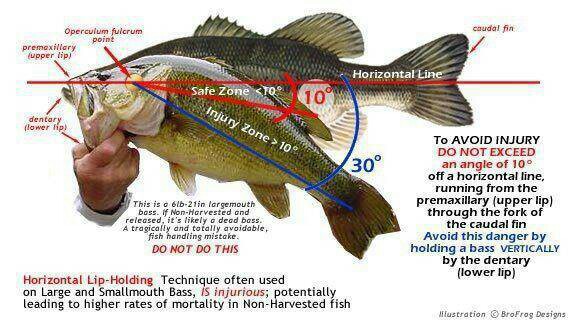
If you’ve been following the Bassmaster Elite Series this season, you’ve seen some outstanding catches — including a number of truly trophy-sized fish.
To date, the largest has tipped the scales at an impressive 10 pounds, 10 ounces. Not once, but twice!
That’s right! There’s actually a two-way tie for the biggest bass caught so far this season, and I’m proud to say I’m one of the lucky anglers. The other is Greg Hackney.
I caught mine on the first day of competition at Lake Seminole. Greg got his during the second day of the St. Johns River event. Whether they’ll hold up for the entire season remains to be seen. But for now, the bar’s set pretty high.
But I didn’t write this to brag about big fish. I wrote to share something brought to my attention by fellow B.A.S.S. member Brandon Williams of South Carolina. After observing the live telecast of the Lake Seminole weigh-in, Brandon felt compelled to reach out. In fact, he wrote a very eloquent letter; first congratulating me for a great catch, then tactfully criticizing me for the way I handled my biggest fish on stage. And to be honest, he was probably right in doing so.
I’m not going to lie. When I first read Brandon’s comments, I was somewhat offended. But the more I thought about it, the more curious I became. So I decided to respond to him and ask how, and from what scientific research, he had based his criticism.
You see, years ago I wrote a piece on handling fish for another publication, and in that article I quoted a fisheries biologist by the name of Phil Chapman. He said, “The best handle a bass has is its lower jaw, and handling them any other way could potentially harm them.” From that, I figured I had all I needed to know.
It wasn’t until Brandon wrote to me that I realized, perhaps I hadn’t fully grasped the proper method of handling big fish.
Research Prevails
Through an exchange of emails, he presented a strong argument. And he backed it up with the diagram you see here, which clearly illustrates how not to hold a bass (pretty much the way I held mine on stage during weigh-in at Lake Seminole).
Look closely and you’ll see the “safe” and “unsafe” angles at which to hold (or avoid holding) a trophy fish. By raising the body outwardly at a nearly horizontal angle, considerable stress is put on the fish’s lower jaw. And Brandon claims the heavier the fish, the more detrimental this becomes.
After contemplating his reasoning for some time, I decided to contact Phil Chapman to get his take on the matter. He said, to his knowledge, there was no research to prove or disprove the theory, but that I should speak with a bass specialist for clarification. So I did — two, in fact.
First I talked with Bob Wattendorf of the Florida Wildlife Commission (FWC), and he said that while there’s no scientific research to support the theory, the FWC contends that it’s not good for the fish — particularly larger fish. He said by putting that much weight on the jaw of a big bass and potentially twisting it to the side, you can cause irreparable damage, which could ultimately kill the fish.
Mike Allen, a fisheries biologist with the University of Florida agrees. He suggests holding the fish more vertically by the lower jaw — only briefly — then returning it to water as soon as possible. He said it may be okay to hold the fish at a horizontal angle, provided it’s supported at the tail…but added that in doing so, to use caution, so as not to remove any of its protective slime.
Where I’m At
For the record, I consider myself a conservationist. I’ve served the Coastal Conservation Association (CCA) and other similar groups charged with protecting our fisheries, and I’m a strong proponent of catch and release.
I believe big fish breed other big fish, and that those genetics should be protected at all costs to ensure good numbers of trophy-sized fish for future generations. The last thing I want to do is injure or kill a trophy fish of any kind. And that’s why I was initially put off by Brandon’s comments.
That said, I’m not too big to admit a mistake.
When we’re on stage holding a prize catch in front of a loud crowd of spectators, with cameras rolling, it’s easy to get caught up in the moment. As I lifted the 10-pounder for everyone to see, I believed I wasn’t doing it any harm … so long as I was quick and kept a good grip on its lower jaw. But after hearing Brandon present his case and talking with these biologists, I now believe I did it incorrectly.
Moving forward, I plan to change the way I hold big fish. And I would encourage those of you reading this to do the same. After all, we’re all in this together, right?






